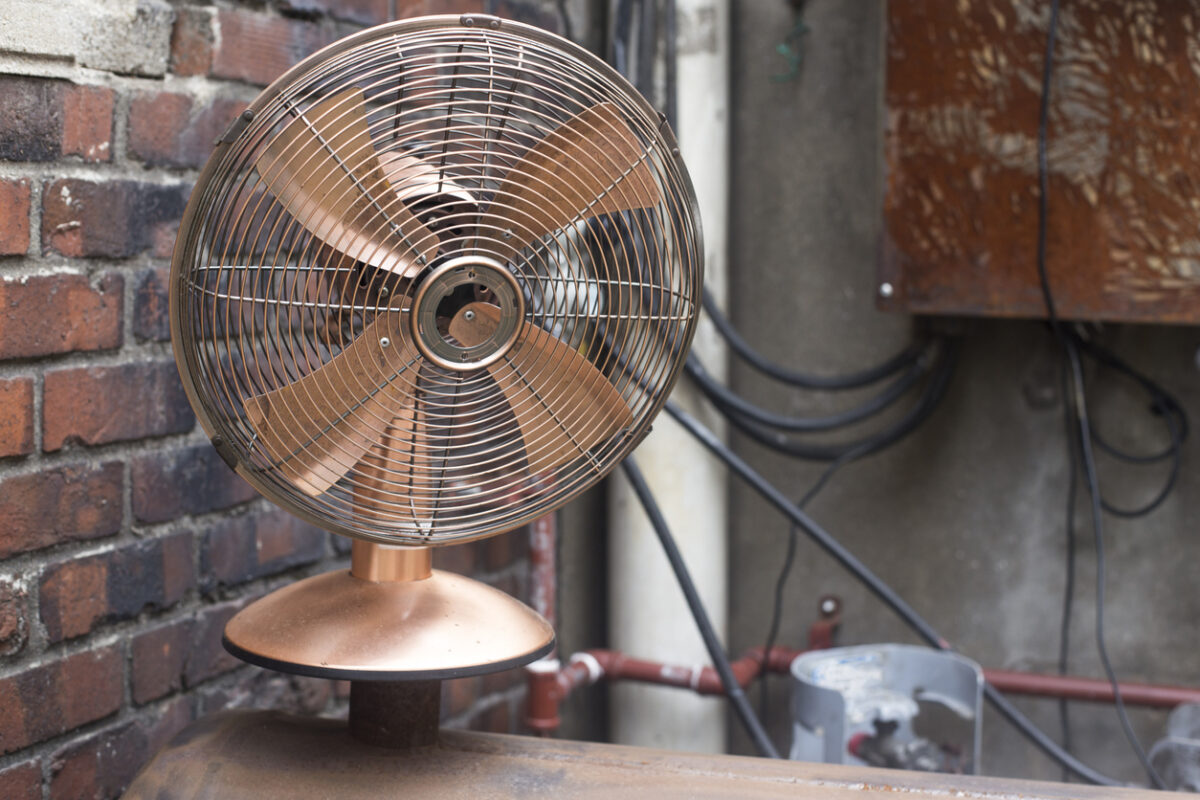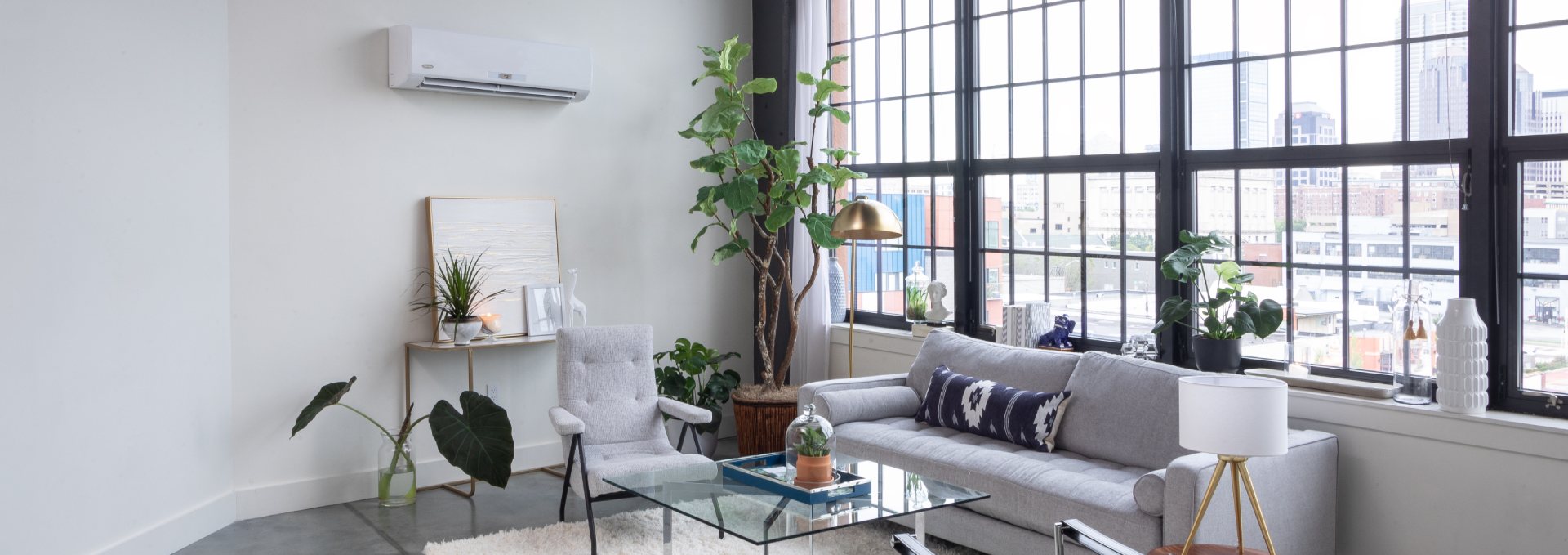
At the peak of summer, you may be well aware of how much your home depends on a well-functioning air conditioner. But do you know where it came from? And where it’s going?
Early Beginnings
The Mitchell Cooling and Heating team has been serving Atlanta and the North Metro area for almost thirty years, but air conditioning (and, consequently, A/C service) has been around for much longer.
Attempts to control indoor temperatures perhaps began in ancient Egypt, where water-soaked mats were hung in doorways to help cool rooms from the dry desert air. Later, in Rome, elaborate aqueduct systems were implemented in part to circulate cooling water through villa walls. However, internal climate control wasn’t widespread until electricity became more readily available.
At the turn of the 20th century, Willis Carrier developed a cooling system, upon which modern air conditioning is built. Originally designed to resolve the problems humidity caused in image printing at Brooklyn’s Sackett-Wilhelms Lithographic and Publishing Company, Carrier’s system is largely credited as the origin of modern air conditioning.
The future success of Carrier’s invention stood on the shoulders of others.
“Long before Carrier was even born,” Smithsonian Magazine explains, “University of Glasgow professor William Cullen evaporated liquids in a vacuum thus creating refrigeration technology as early as 1748.” And in 1841, John Gorrie also invented his own ice-making machine in an attempt to cure Yellow Fever.
Combined together, each of these technological breakthroughs established the current cooling we enjoy today.
Modern Progress
The growing popularity of movie theaters and hotels helped spur air conditioning’s progress. Memorial Day weekend of 1925, the Rivoli Theater in New York City debuted its own air conditioning system, offering cooler respites from summer doldrums. The experiment was a success, with Adolph Zukor, president of Paramount Pictures, proclaiming on the day of the reveal, “Yes, the people are going to like it.”
Ensuing efforts continued to adapt the technology to create smaller, safer, and more affordable cooling methods — ones that could be implemented in homes or schools. Thanks in part to research and development by engineer Henry Galson, “By 1947, 43,000 of these systems were sold — and, for the first time, homeowners could enjoy air conditioning without having to make expensive upgrades.”
Future Forward
These days, air conditioning systems are nearly everywhere. But keeping up with the technology’s maintenance and growth could be as important as creating it in the first place.
According to an October 2020 Forbes report, “IBISWorld expects 1% average growth in this $47.6 billion (estimated 2020 revenue industry) through 2025.” There will be a great demand for experienced technicians who can keep up.
However, the impact of climate change is also something to keep track of as well. As the planet gets hotter, more cooling solutions will be needed, but systems that don’t further contribute to climate change will also be crucial.
“With more energy-efficient air conditioners and less super-polluting refrigerants,” Fast Company reported in July 2020, “we could avoid releasing greenhouse gases . . . in the next four decades—like preventing eight years of total annual greenhouse gas emissions.”
Technicians will need to remain knowledgeable about this changing technology and help anticipate solutions for what’s to come.
At Mitchell Cooling and Heating, our experts are continually educated to guarantee your system’s efficiency all year round. Give us a call anytime at 770-995-7585 or schedule a service appointment to ensure your system is in prime shape — and ready for the future.

